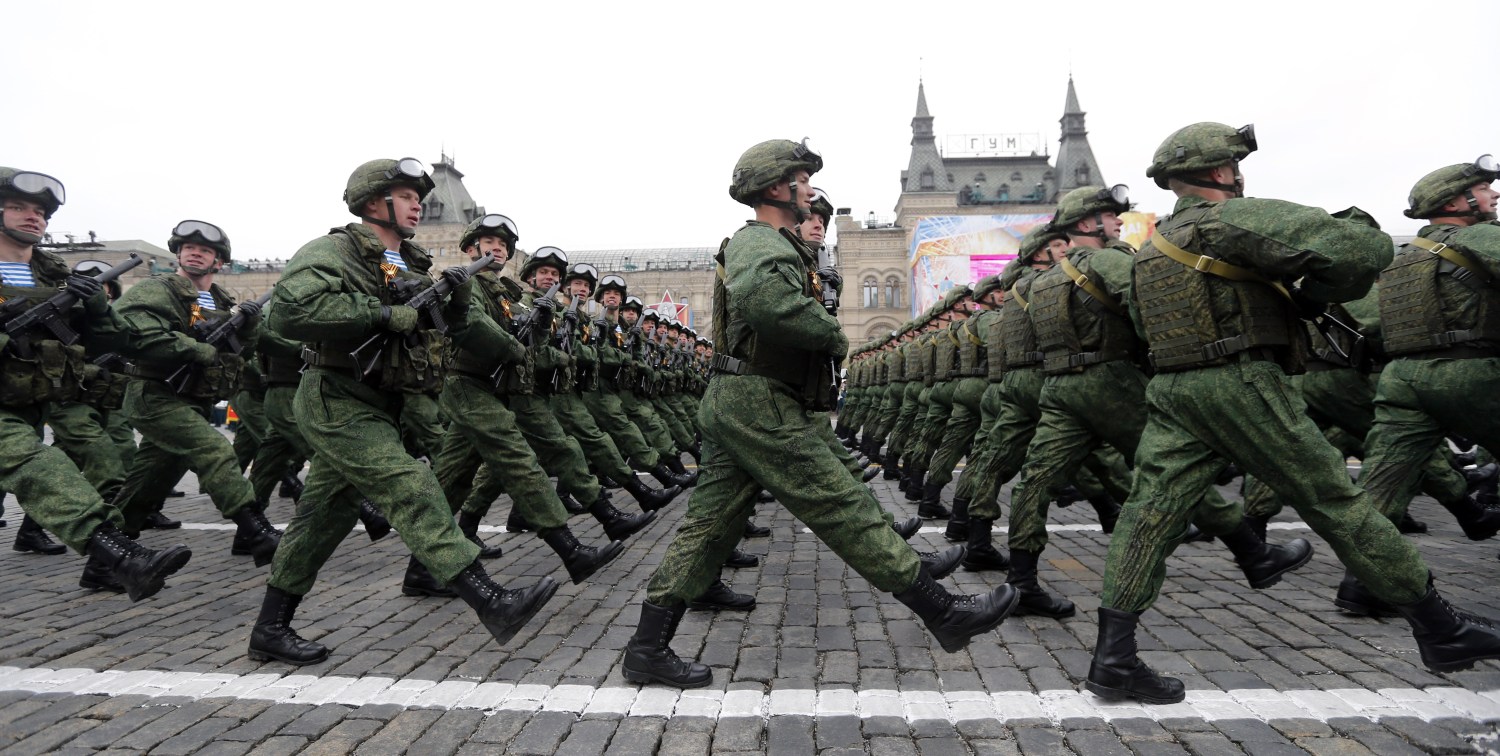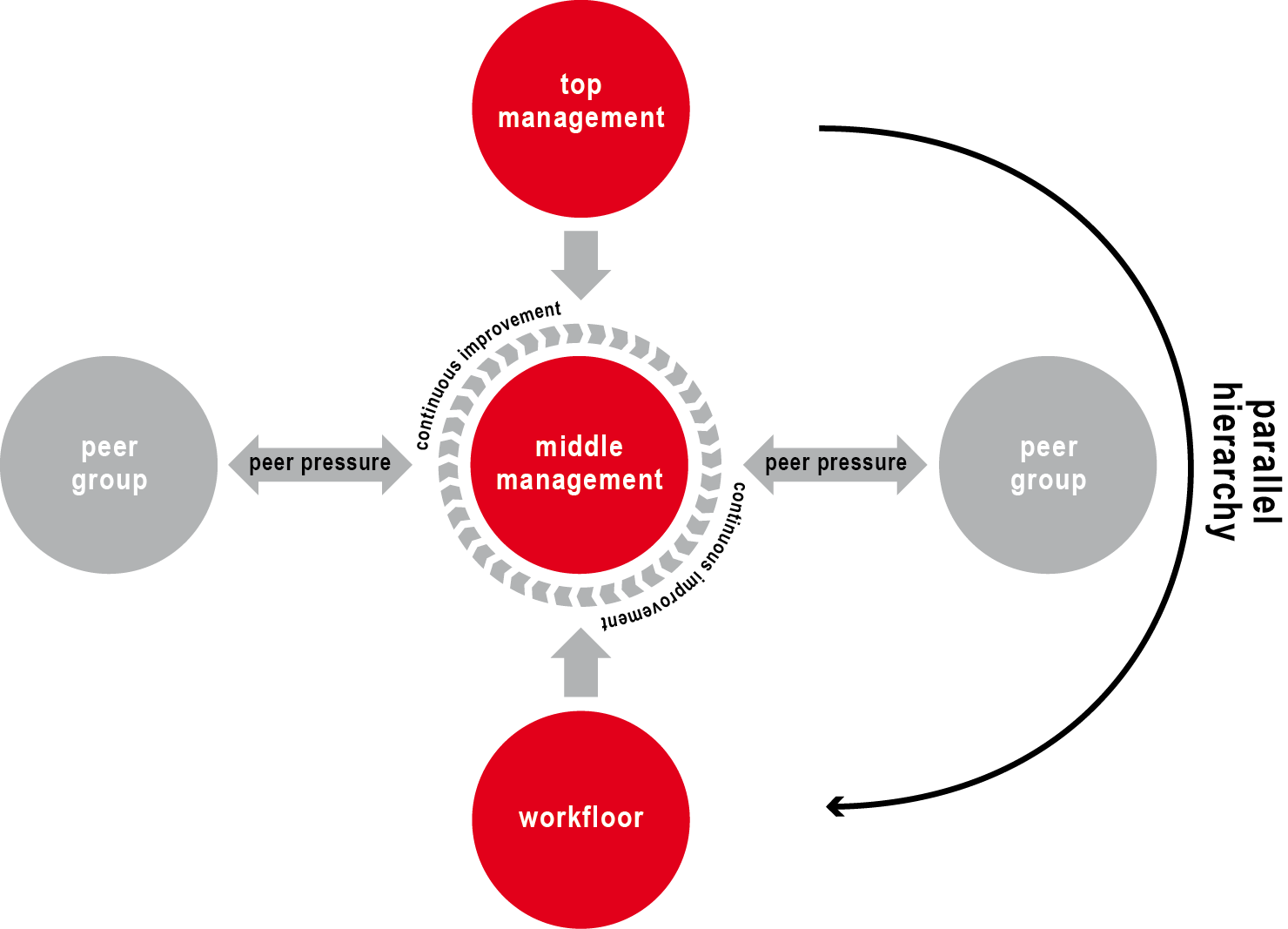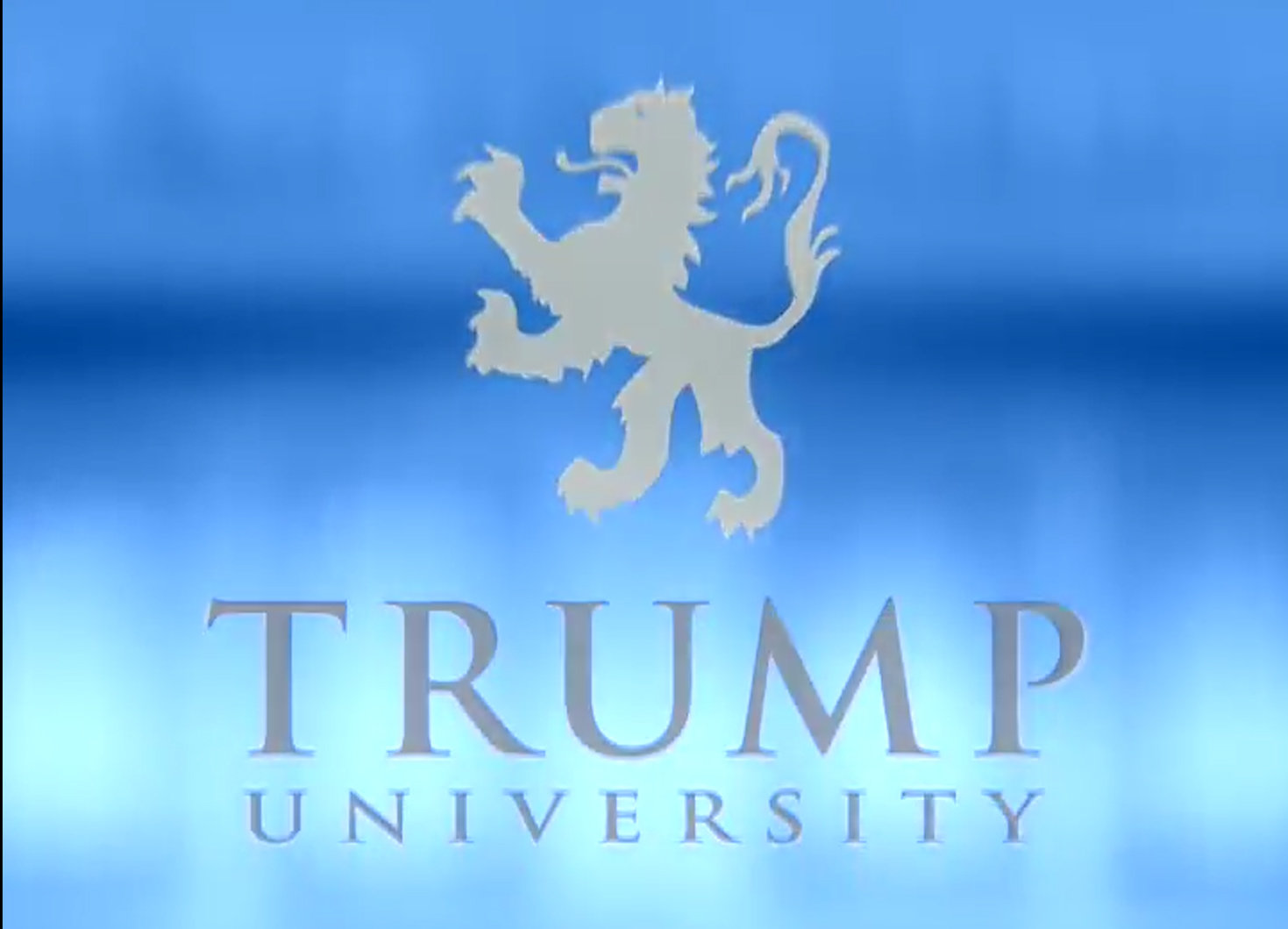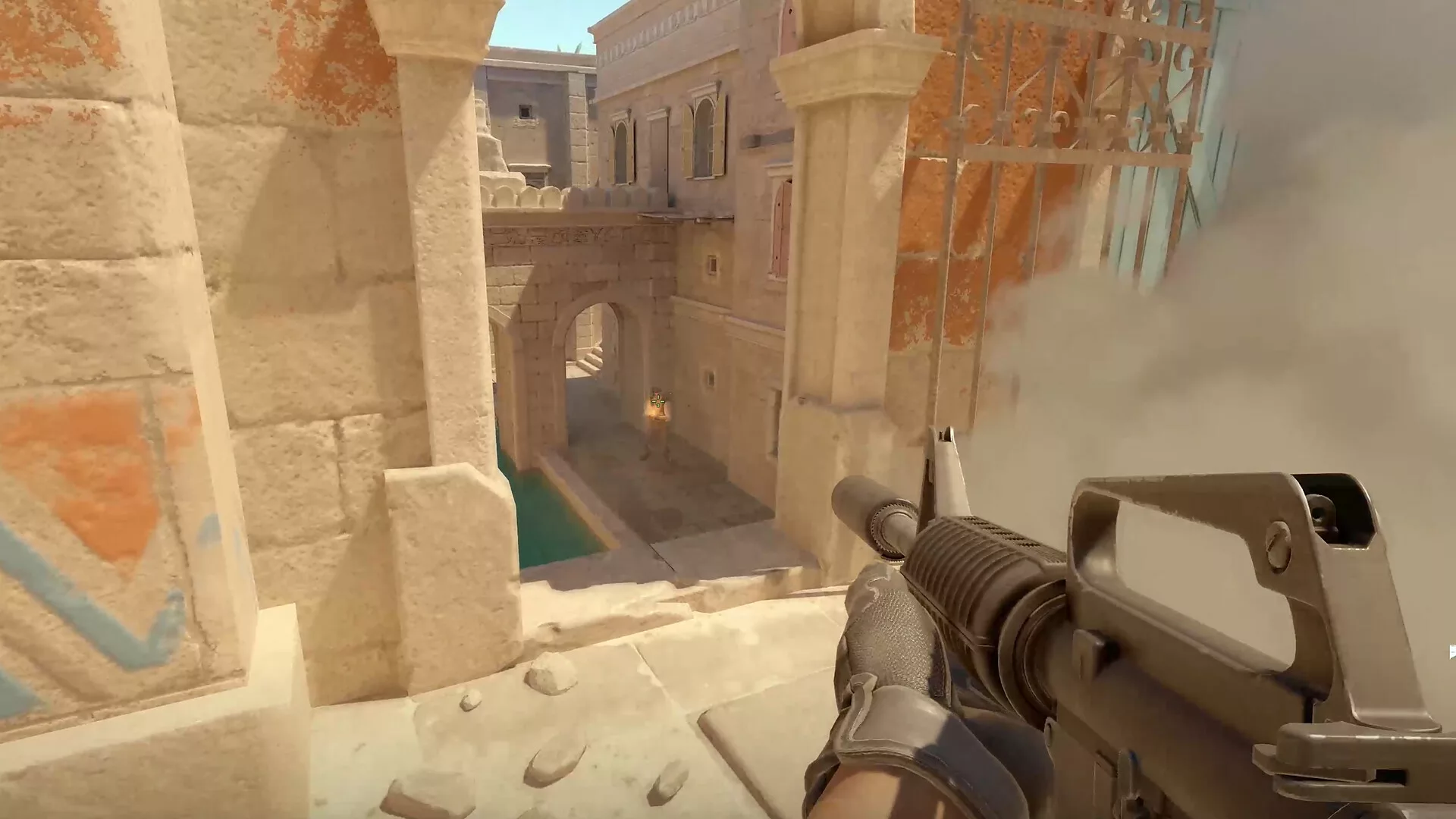Examining The Russian Military's Activities And Their European Implications

Table of Contents
Recent Military Buildup and Deployments
The recent intensification of Russian military activities in Europe is characterized by a significant military buildup and increased deployments near several European borders. This raises serious concerns about regional stability and the potential for conflict.
Increased Troop Presence in Bordering Regions
Russia has significantly increased its military presence in regions bordering several European nations. This includes:
-
Ukraine: A substantial troop concentration along the Ukrainian border has been observed since late 2021, leading to heightened tensions and fears of a renewed invasion. Reports from various sources, including the OSCE (Organization for Security and Co-operation in Europe), detail significant movements of troops, tanks, and artillery near the border. These deployments occurred in the lead up to and during the 2022 invasion.
-
Belarus: Joint military exercises between Russia and Belarus, often involving substantial deployments of troops and weaponry, have raised concerns about Russia's potential to use Belarusian territory to launch further attacks on Ukraine or to threaten neighboring NATO members. These exercises have been criticized by NATO as a show of force and a destabilizing factor in the region.
-
Kaliningrad Oblast: This strategically important Russian exclave, nestled between Poland and Lithuania, has seen an increase in military infrastructure development and deployments, further escalating border tensions. The presence of advanced weaponry, including Iskander missiles, adds to the security concerns of neighboring NATO countries.
These Russian military buildup and troop deployments are not isolated incidents but rather part of a broader strategy aimed at exerting influence and projecting power within Europe.
Modernization of Military Hardware and Capabilities
Alongside increased troop presence, Russia has invested heavily in the modernization of military hardware and capabilities. This includes:
-
Advanced Weapons Systems: Russia has developed and deployed advanced weapons systems, including hypersonic missiles and modernized tanks, significantly enhancing its offensive capabilities. These advancements pose a considerable challenge to NATO's defense strategies.
-
Cyber Warfare Capabilities: Russia's sophisticated cyber warfare capabilities pose a significant threat to European infrastructure and institutions. Numerous cyberattacks attributed to Russian actors have targeted critical infrastructure, government institutions, and private companies, demonstrating their ability to disrupt essential services and spread disinformation.
-
Nuclear Deterrence: Russia’s nuclear arsenal remains a significant factor in the European security landscape, contributing to nuclear deterrence strategies and the overall climate of tension. Statements made by Russian officials regarding the potential use of nuclear weapons have added to concerns.
Impact on European Security and Stability
The escalating Russian military activities in Europe have had a profound impact on regional security and stability.
Increased Tensions and the Threat of Conflict
The actions of the Russian military have led to a dramatic increase in tensions throughout Europe, significantly impacting:
-
NATO: NATO members have responded by bolstering their military presence in Eastern Europe, deploying troops and enhancing military exercises as part of their deterrence strategy. The threat of a wider conflict has become a pressing concern.
-
EU Member States: The EU member states have imposed sanctions on Russia and implemented various measures to strengthen their security and resilience in the face of this military threat.
-
Neighboring Countries: Countries neighboring Russia and Ukraine face a direct threat from the ongoing conflict. This has led to increased refugee flows, humanitarian crises, and severe economic disruption.
Disinformation Campaigns and Hybrid Warfare Tactics
Russia’s use of hybrid warfare tactics, including disinformation campaigns, aims to undermine European democracies and sow discord. This includes:
-
Propaganda and Misinformation: State-sponsored media outlets spread false narratives and propaganda, aiming to manipulate public opinion and destabilize societies.
-
Cyberattacks: Cyberattacks targeting critical infrastructure and media outlets aim to disrupt normal functioning and undermine public trust.
-
Information Operations: Sophisticated information operations aim to manipulate elections, influence public debate, and create division within societies.
These actions represent a significant threat to the integrity of European democracies and highlight the evolving nature of contemporary warfare.
Responses from European Nations and International Organizations
In response to the escalating Russian military activities in Europe, European nations and international organizations have taken a series of steps:
NATO's Enhanced Forward Presence and Deterrence Measures
NATO has responded to the increased Russian military activity by:
-
Enhanced Forward Presence: NATO has increased its military presence in Eastern Europe, deploying troops and equipment to deter potential aggression.
-
Military Exercises: Large-scale military exercises involving NATO members are held regularly to showcase the alliance's strength and preparedness.
-
Collective Defense: NATO's commitment to collective defense, as enshrined in Article 5, remains a cornerstone of its deterrence strategy. This signifies that an attack on one member is considered an attack on all.
EU Sanctions and Diplomatic Efforts
The European Union has responded with a range of measures, including:
-
Economic Sanctions: The EU has imposed significant economic sanctions on Russia, targeting individuals, companies, and sectors of the Russian economy.
-
Diplomatic Initiatives: The EU continues to engage in diplomatic initiatives with Russia and other international actors to de-escalate tensions and find peaceful solutions to the ongoing conflict. However, these efforts have faced considerable challenges.
Conclusion
The ongoing Russian military activities in Europe pose a serious threat to regional security and stability. The increasing military buildup, modernization of weapons systems, and the use of hybrid warfare tactics have created a complex and volatile geopolitical situation. The responses from NATO and the EU, while significant, are facing considerable challenges. Understanding the complexities of this situation requires ongoing vigilance and a commitment to informed analysis.
To better understand the implications of Russian military activities in Europe, stay informed through reputable news sources, research independent reports from think tanks and international organizations, and participate in informed discussions about potential solutions and preventive measures. Only through a collective and informed approach can we address the significant challenges posed by these evolving military activities.

Featured Posts
-
 Understanding The Value Of Middle Management In Todays Workplace
Apr 29, 2025
Understanding The Value Of Middle Management In Todays Workplace
Apr 29, 2025 -
 Top Universities Unite In Private Effort Against Trump Administration
Apr 29, 2025
Top Universities Unite In Private Effort Against Trump Administration
Apr 29, 2025 -
 Nba Fines Anthony Edwards 50 000 For Vulgar Comment To Fan
Apr 29, 2025
Nba Fines Anthony Edwards 50 000 For Vulgar Comment To Fan
Apr 29, 2025 -
 Economists Predict Bank Of Canada Rate Cuts Amid Weak Retail Sales
Apr 29, 2025
Economists Predict Bank Of Canada Rate Cuts Amid Weak Retail Sales
Apr 29, 2025 -
 Willie Nelsons Health Balancing Legacy With The Demands Of Touring
Apr 29, 2025
Willie Nelsons Health Balancing Legacy With The Demands Of Touring
Apr 29, 2025
